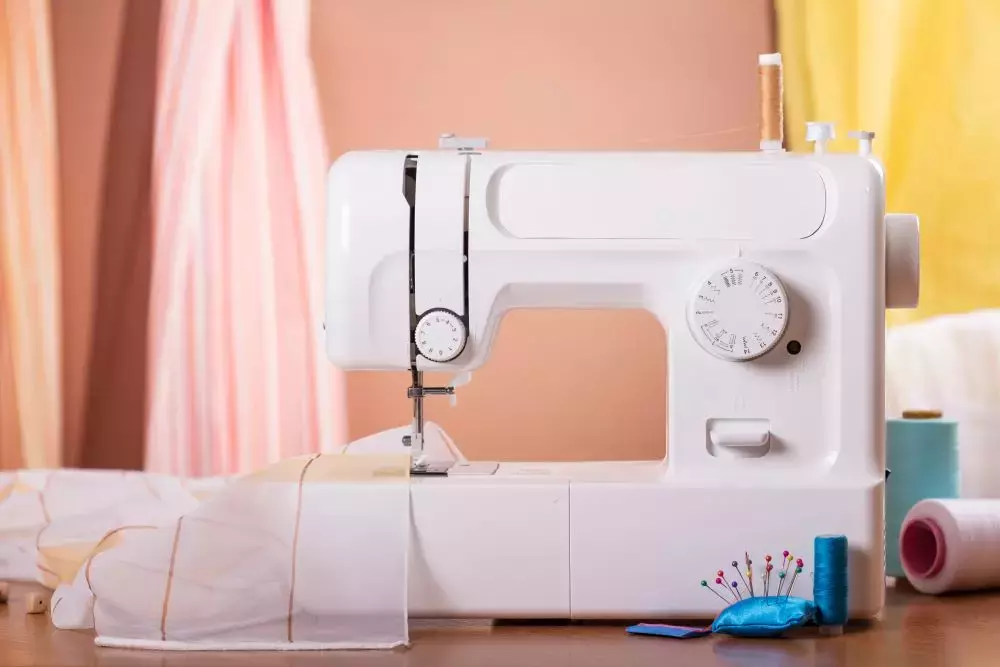What You Need to Consider When Buying a New Sewing Machine
2020-03-23
Buying a new sewing machine is exciting, but if it’s your first machine, it might seem a little overwhelming. It's almost like there are too many options and too many things to consider, so we’ve broken down the criteria for a new sewing machine.
Basic Functions
Look for ease of use in everyday functions such as cleaning out the lint, arms, and the material of the machine. Generally, you want a machine that has a full rotary hook to avoid jams. That means you want a hook that goes in a full-circle rather than rocking back and forth.
The lint cleaning should be easy, think two or three clicks rather than dissembling the entire machine. If it's a pain, it will clog up the machine and ruin the machine.
You’ll also want something that lets you automatically adjust your pressure for different materials. It will also prevent jamming. Having an open arm will make it easier to work with large DIY projects, jeans, and sleeves.
Fancy and Not-So-Fancy Stitch Options
There are a few stitches that you'll need to have on hand at all times. You absolutely need:
- Straight stitch
- Zigzag stitch
- Stretch stitch
- Tri-motion (for finishing edges)
- Blind hem
- Buttonhole
Now, you can get a machine that has a ton of fancy stitches. Keep in mind that the more options and extras that you have, the more likely it is that you’ll have issues with maintenance or electrical problems.
Modern or Traditional?
Choosing between a mechanical or electronic machine is probably the first decision you make, but you can also fall back on this as the deciding matter. An electronic machine will make the adjustments for you, tell you which foot you need for which stitches, and even change the tension and position.
Electronic machines can also allow you to work with multiple layers of material and often heavier materials. However, a mechanical machine is often studier, and they tend to last longer. For mechanical machines, you'll go through a turn dials manually for tension, different stitches, and so forth.
Extras
If you do want bells and whistles, then you should go through and check out what you want and what are optional things for you. The trouble with extras is that they can actually cause machines to be less reliable, have more things that could go wrong, and generally aren’t necessary.
Weight and Size
When you’re moving around a machine, you want something that you can handle physically. However, if your sewing machine will sit up on one table forever and never move, then you don't have to worry so much about it.
Industrial machines are often heavier, while “home” machines are generally light enough to take into a class or move from one place to another.
Your Budget
When setting your budget, you should have an idea of the general price ranges. You can get a good high-quality mechanical machine for less than $300. You can also find high-quality used or refurbished machines for a few hundred dollars.
If you're new to sewing, then you should not go by an expensive machine. Buy a simple machine with few features before you know that you'll commit to this hobby.
Servicing and Repairs
When deciding which machine is right for you, you should put together a service plan. If you can have the machine serviced locally, that's excellent, and if not, you should go through and determine if you can have someone service it remotely.
There’s also the warranty issue. You should get a warranty to protect your investment, especially if you're paying a few hundred dollars for a machine. You want to know that if it breaks you’ll have a repair done quickly.
Overall, the best you can do is to choose a high-quality machine, at the best value possible, with the features that you need.
Once you are ready to purchase a machine, be sure to check out GoldStar Tool for a wide selection of sewing machines. Plus, if you have any questions, know that you can reach out to us and we will be more than happy to help pair you with the machine that fits your needs and your budget.





